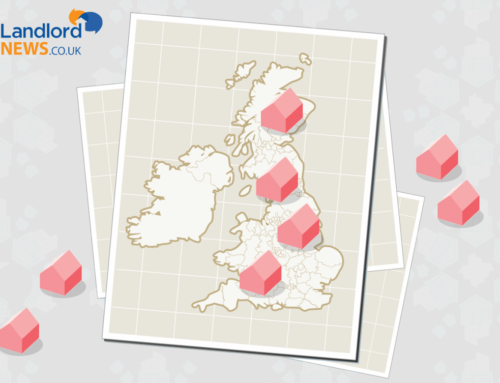Home » Uncategorised »
Landlord rental yields robust in all UK regions
This article is an external press release originally published on the Landlord News website, which has now been migrated to the Just Landlords blog.

The scarcity of properties on the market continues to push up rents, as well as rental yields, according to property website Home.co.uk.
According to its latest figures, the lettings market has 15% less stock than a year ago. The problem is even more pronounced in London, where the supply of newly available properties is down 21%. This is part of a three-year decline in the capital’s rental stock of 51%.
| Typical monthly rent (median) for a two-bedroom property (in the six months to March 2019) | Typical monthly rent (median) for a two-bedroom property (in the six months to March 2020) | |
| East Anglia | £850 | £850 |
| East Midlands, Scotland and Wales | £600 | £625 |
| Greater London | £1,695 | £1,755 |
| North East | £485 | £495 |
| Northern Ireland | £535 | £550 |
| North West | £593 | £600 |
| South East | £950 | £975 |
| South West | £750 | £775 |
| West Midlands | £650 | £675 |
| Yorkshire and Humber | £550 | £575 |
According to their data, only East Anglia remained the same. Year-on-year, landlords in many regions are seeing their rental yields grow or remain high.
Home.co.uk has also noted a rise in rental yields in five regions:
- Yorkshire and Humber from 5.3% to 5.4%;
- South West from 4.6% to 4.7%;
- East Midlands from 5.1% to 5.2%;
- North East from 6.1% to 6.3%; and
- Wales from 5.7% to 5.8%.
Yields have remained the same over the last year in the West Midlands at 5.4%.
Meanwhile, rental yields remain high in the following regions, despite slight decreases:
- Greater London from 5.1% to 5.0%;
- Northern Ireland from 6.8% to 6.6%;
- North West from 5.9% to 5.8%;
- South East from 4.6% to 4.5%;
- East Anglia from 4.5% to 4.4%;
- Scotland from 6.7% to 6.5%.




